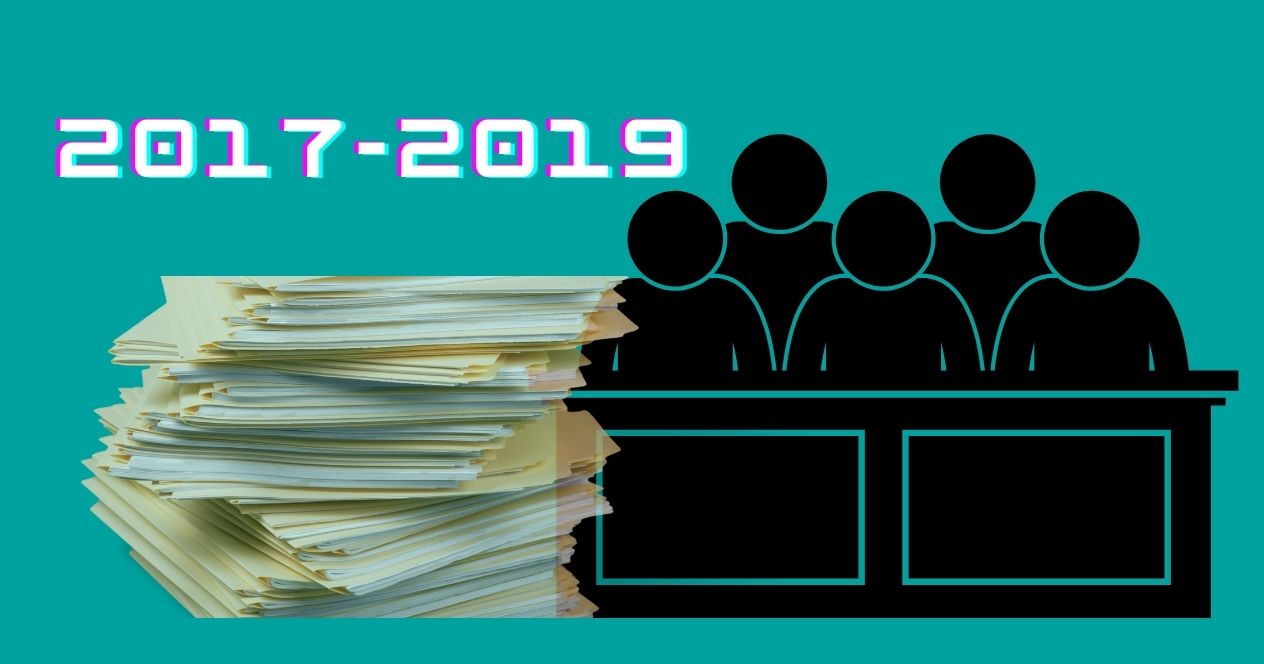Analysis
On Clarity in the Collegium
DESK BRIEF: Long-standing critiques of the Collegium's lack of transparency are reflected in recent elevations.

On May 5th, the Supreme Court’s Collegium led by Chief Justice of India N.V. Ramana released a resolution. An exercise in brevity, its 23 words recommended the elevation of two High Court Judges to the Supreme Court. By May 7th, just under 48 hours later, the Union approved the recommendations. On May 9th, Justice Sudhanshu Dhulia (formerly Chief Justice of the Gauhati High Court) and Justice J.B. Pardiwala (former Judge of the Gujarat High Court) were sworn in as Judges of the Supreme Court.
After years of stagnation in appointments, the Bench is now operating at 33 members, just under its total sanctioned strength of 34. This is the second batch of appointments under Ramana CJI’s Collegium—with 11 Judges elevated during his tenure.
The Collegium is the body responsible for the appointment of Judges at High Courts and the SC. India is the only constitutional democracy where the judiciary appoints its own justices—a solution offered in 1993 to redress sustained Executive interference in judicial appointments and independence. As SCO has previously analysed, Collegium appointments are largely decided on the basis of a Judge’s seniority, merit, and integrity, as well as considering regional, social, and gender diversity.
In 2017, under former Chief Justice Dipak Misra, Collegium resolutions were issued publicly for the first time. Post this ‘brief spell of transparency’, subsequent Collegiums have left the questions surrounding their appointments increasingly unanswered in resolutions. This compounds the long-standing criticism of the Collegium system’s lack of transparency in judicial appointments. Gauging the independence of this ‘independent’ body can be difficult without this information—as seen in the Collegium’s May 5th resolution.
For example, the contested ‘seniority principle’, sometimes considered infallible when it comes to SC appointments, was clearly not implemented in this case. While Justices Dhulia and Pardiwala are indeed tall figures at their parent High Courts, both of them superseded a long line of Judges in the all India seniority list. Justice Dhulia ranked 29th on this list while Justice Pardiwala ranked 49th.
However, seniority need not always be the main consideration for elevation—the Judge’s merit and integrity are important considerations. Over the years merit has been understood to encompass the quality of Judgments and their ‘conduct’, while integrity considers their incorruptibility in a capricious political and social system. The sentence-long resolution makes no attempt to elaborate on the merits or integrity of Dhulia and Pardiwala JJ. The public is left to rely on breathless media accounts of both Justices to ascertain these characteristics instead—such as Pardiwala J’s well-cited suo moto cognisance of the government’s mismanagement of COVID-19 in Gujarat in 2020.
Regional, religious, caste, and gender-based representation in appointments marks the Collegium’s attempt to ensure that all sections of Indian society are adequately represented at the SC. Such consideration finds no mention in the resolution.
Dhulia J represents the Uttarakhand High Court (his parent High Court) on the Bench. Pardiwala J, on the other hand, joins two Justices from the Gujarat High Court—M.R. Shah and Bela M. Trivedi JJ. Judges from States like Bihar, Jharkhand, and northeastern India (excluding Assam) are yet to find a place on the Bench. While Pardiwala J is the Court’s fourth Zoroastrian Judge in the Court’s history, both him and Dhulia J fall into the ranks of men populating the Bench. The Bench, in its current capacity, remains dominated by upper-caste, Hindu men.
In the interest of transparency, the Collegium could certainly do more to elaborate on the decisions it carefully makes. While Ramana CJI’s Collegium is known for issuing short resolutions, whether Collegiums led by future CJIs U.U. Lalit and D.Y. Chandrachud will issue detailed decisions remains to be seen.




